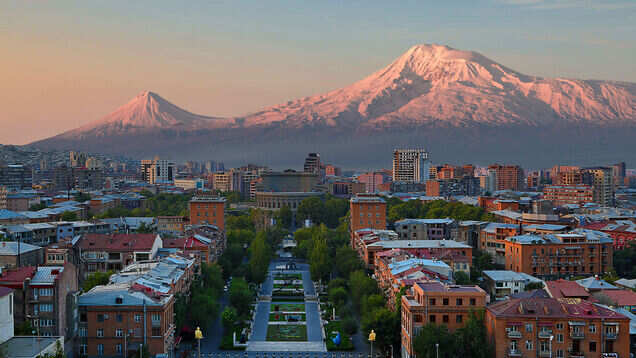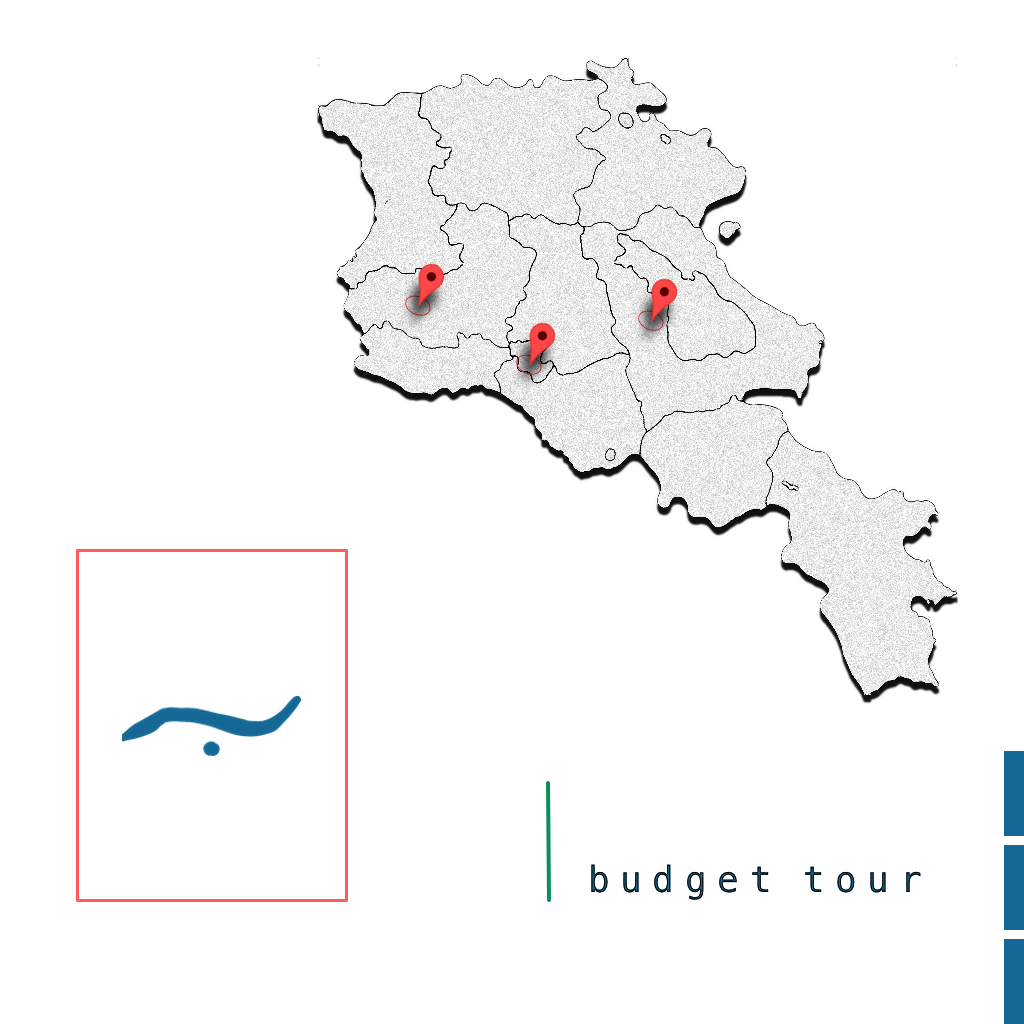Armenia, often called the cradle of civilization, holds one of the world’s oldest and most fascinating cultures. Nestled in the South Caucasus between Europe and Asia, this small mountainous country has preserved its identity through millennia of change — blending ancient traditions, spirituality, and artistic expression into a vibrant national soul.
A Glimpse into History
Armenia’s history stretches back over 3,000 years. It was the first nation to adopt Christianity as a state religion in 301 AD, and this faith remains a cornerstone of Armenian identity. The ancient monasteries of Tatev, Haghpat, and Geghard— often perched on cliffs or carved into mountains — reflect both spiritual devotion and architectural mastery. The Armenian alphabet, created in 405 AD by Mesrop Mashtots, became a key symbol of cultural unity and literacy.
Art, Crafts, and Architecture
Armenian art is steeped in symbolism. Stone carving, known as khachkar art, features intricate cross-stones that are both memorials and masterpieces. Traditional carpets and embroidery are woven with patterns that tell stories of family, faith, and the natural world. The capital city, Yerevan, one of the oldest continuously inhabited cities on Earth, is often called the pink city due to the rosy hue of its volcanic tuff stone buildings.
Music: The Soul of Armenia
Music holds a sacred place in Armenian life. The haunting sound of the duduk, a double-reed woodwind instrument made of apricot wood, has become a symbol of the nation — even recognized by UNESCO as a Masterpiece of the Intangible Heritage of Humanity. Its warm, melancholic tone mirrors the depth of the Armenian soul. Folk songs, often passed down through generations, celebrate love, nature, and resilience.
Modern Armenian music blends these ancient sounds with jazz, rock, and classical influences. Legendary composer Komitas Vardapet collected and preserved thousands of folk melodies, while artists like Aram Khachaturian, composer of the “Sabre Dance,” brought Armenian rhythm and passion to world stages.
Cuisine and Hospitality
Armenian cuisine reflects the land’s abundance and warmth of its people. Lavash bread — another UNESCO-recognized tradition — is baked in clay ovens and shared at every table. Dishes like dolma, khorovats (barbecue), and harisa speak to a culture that values community, family, and generosity. A guest is considered a blessing, and no visitor leaves an Armenian home hungry.
Living Heritage
Today, Armenia continues to blend the ancient and the modern. From open-air folk festivals in mountain villages to contemporary art galleries in Yerevan, the country remains a living museum of creativity and resilience. Whether through its music, food, or art, Armenian culture continues to inspire with its deep sense of identity and timeless beauty.



